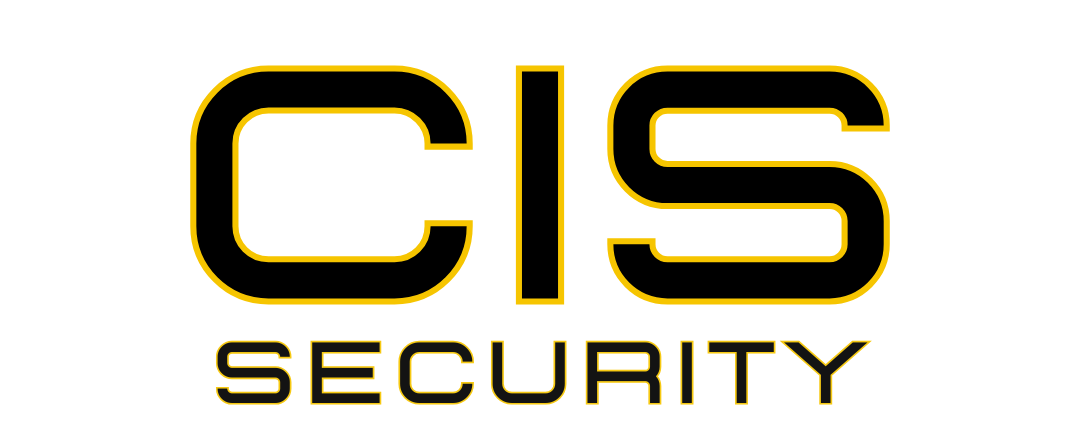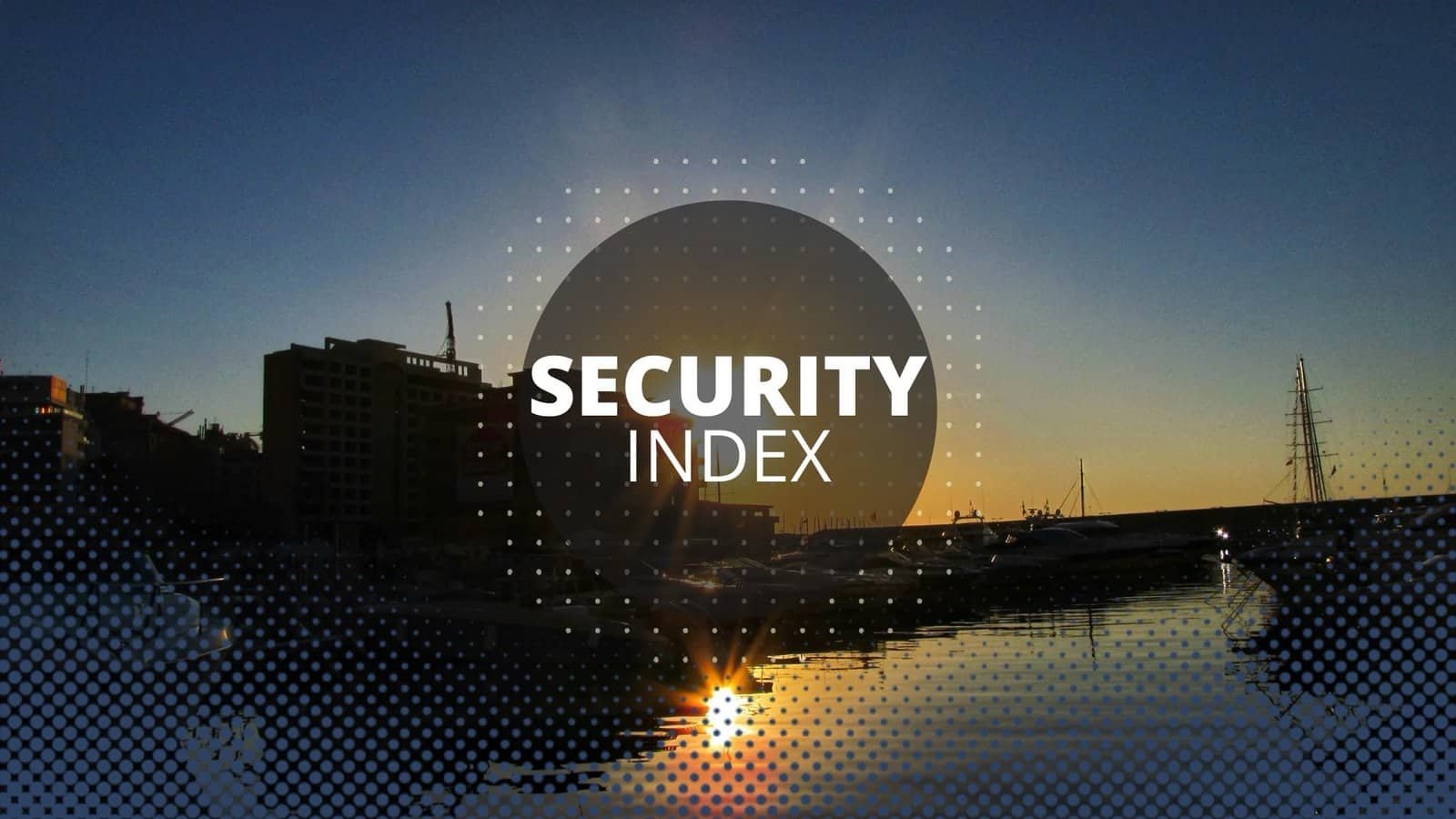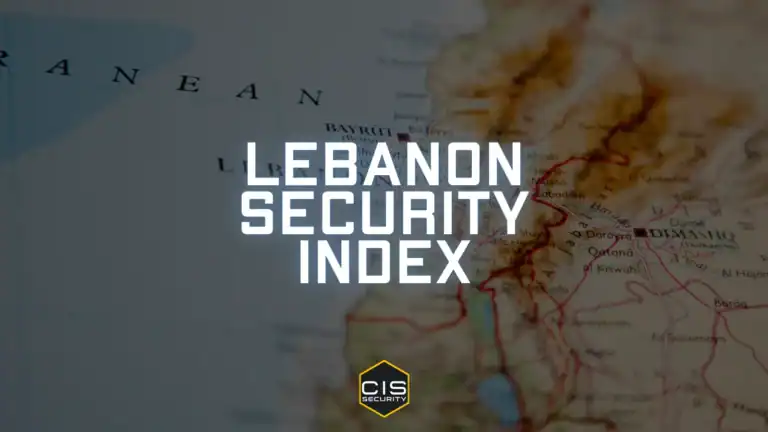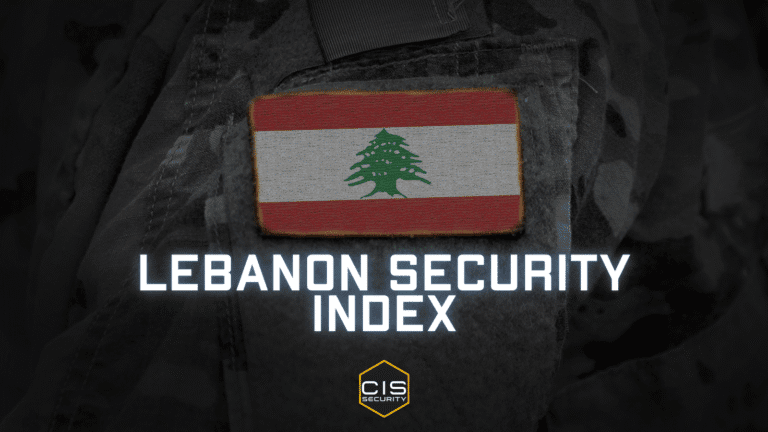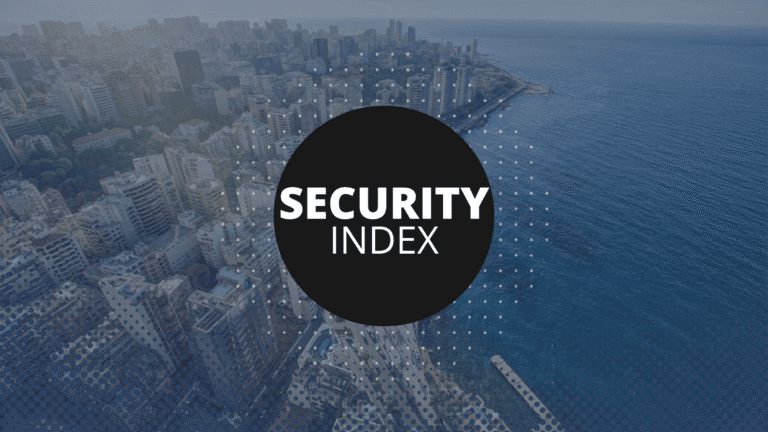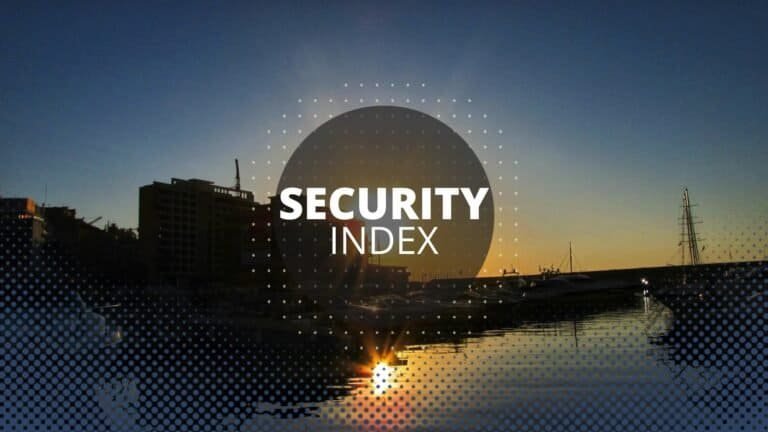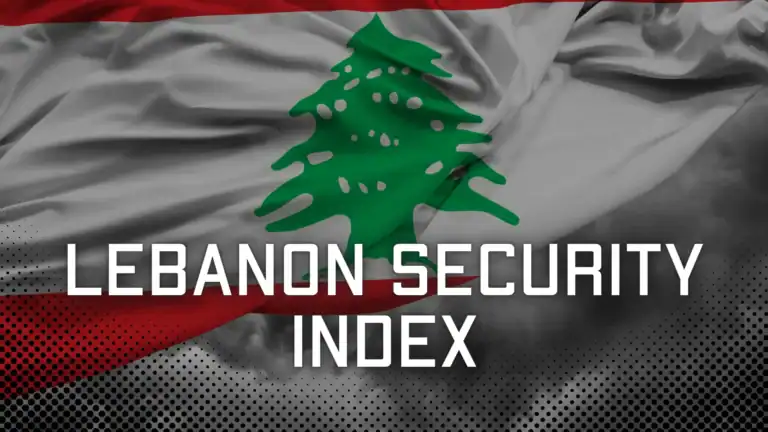CIS LEBANON SECURITY INDEX Sept 11 2025
🇱🇧 CIS LEBANON SECURITY INDEX Sept 11 2025
CIS LEBANON SECURITY INDEX™
Daily Intelligence Briefing:
Today’s Overall Index
0
Loading
Analyzing current security conditions…
📊 TODAY’S LEBANON SECURITY INDEX READING
INDEX LEVEL: 🔴 CRITICAL
TODAY’S OVERALL INDEX: 96/100
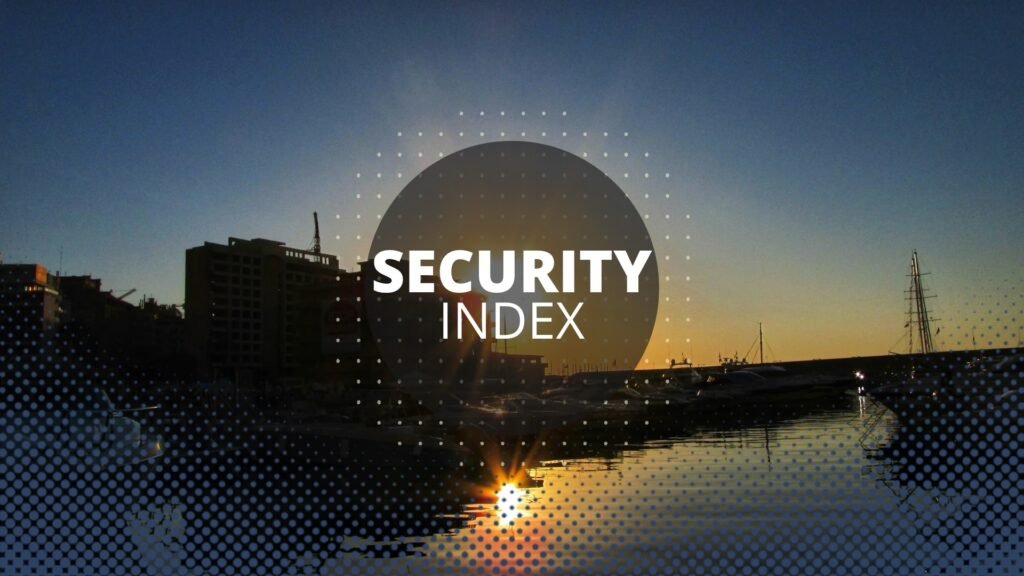
TREND ANALYSIS: ⚡ VOLATILE – ESCALATING TENSIONS
🌡️ GOVERNORATE-BY-GOVERNATE SECURITY ASSESSMENT
BEIRUT 🏙️
Index Reading: 95/100 🔴
Status: Critical. The capital remains in crisis following the September 5 cabinet meeting where Hezbollah and Amal ministers walked out in protest over the army’s disarmament plan. The Lebanese government has now confirmed it is talking to Hamas about the disarmament plan, extending pressure beyond just Hezbollah. US Ambassador Tom Barrack’s controversial remarks at Baabda Palace, where he told journalists to “act civilised” and later apologized for using the term “animalistic,” have further inflamed anti-American sentiment. The electricity crisis continues to paralyze daily life, with EDL providing only 1-3 hours of power daily.
Key Factor: Political paralysis, diplomatic tensions, and severe infrastructure failure creating a perfect storm of instability.
MOUNT LEBANON 🏞️
Index Reading: 89/100 🔴
Status: Critical. Civil unrest continues with ongoing protests against the disarmament plan. Samir Geagea, head of the Lebanese Forces party, warned that “a civil war would be even more disastrous” than the recent fighting with Israel, while urging Hezbollah to cede its weapons. Highway blockades remain intermittent, severely disrupting commerce. The governorate experiences rolling blackouts with minimal state electricity provision.
Key Factor: Rising sectarian tensions and warnings of potential civil war from major political leaders.
NORTH LEBANON 🌊
Index Reading: 93/100 🔴
Status: Critical. Tripoli remains a powder keg with severe economic distress compounded by the electricity crisis. The area faces only 1-3 hours of state electricity daily, crippling businesses and essential services. Sectarian tensions are at their highest point since the civil war era, with various factions mobilizing in response to the disarmament debate.
Key Factor: Complete infrastructure collapse combined with explosive sectarian dynamics.
AKKAR 🌲
Index Reading: 95/100 🔴
Status: Critical. The Syrian border situation deteriorates as the LAF struggles with limited resources – the cabinet acknowledged the army’s “limited logistics, material, and human resources” in implementing the disarmament plan. Cross-border smuggling and militant movements continue unabated. The electricity crisis has left border monitoring equipment non-functional for extended periods.
Key Factor: Border security collapse due to resource constraints and infrastructure failure.
BEQAA VALLEY 🍇
Index Reading: 97/100 🔴
Status: Critical. As a Hezbollah stronghold, the region remains on highest alert. Israeli operations continue – between September 1-7, the IDF conducted operations in 20 Lebanese locales, including 20 airstrikes. Sheikh Naim Qassem stated yesterday that Hezbollah will only discuss a “national security strategy” after Israeli occupation ends, rejecting disarmament. The area faces severe electricity shortages, disrupting agricultural operations.
Key Factor: Active Israeli military operations combined with Hezbollah’s firm rejection of disarmament.
BAALBEK-HERMEL 🕌
Index Reading: 98/100 🔴
Status: Critical. This Hezbollah stronghold saw four of its members killed in Israeli airstrikes on September 8. The region remains the epicenter of resistance to disarmament, with Qassem declaring “We will not relinquish the weapon that protects us from our enemy.” Israeli surveillance and strike operations continue daily. Infrastructure has collapsed with minimal electricity provision.
Key Factor: Active combat zone with confirmed casualties and zero prospects for disarmament compliance.
KESERWAN-JBEIL 🏛️
Index Reading: 74/100 🟡
Status: Elevated. While avoiding direct combat, the area faces increasing spillover effects. Israeli violations of Lebanese airspace continue regularly. Small solidarity protests have grown larger following recent events. The electricity crisis affects tourism and the service sector severely, with restaurants and hotels struggling to operate.
Key Factor: Economic collapse from electricity crisis amplifying political tensions.
SOUTH LEBANON 🌴
Index Reading: 99/100 🔴
Status: Critical – Active War Zone. UNIFIL reported Israeli drones dropped four grenades near peacekeepers on September 3. The UN Security Council voted to terminate UNIFIL’s mandate at the end of 2026. Israeli forces continue refusing to withdraw from occupied positions. Amnesty International documented extensive destruction with some villages having up to 5% of structures damaged. The deputy commander of UNIFIL was injured after his convoy was attacked by Hezbollah supporters.
Key Factor: Active combat operations, attacks on UN peacekeepers, and complete breakdown of ceasefire mechanisms.
NABATIEH ⛪
Index Reading: 99/100 🔴
Status: Critical – Active War Zone. Six people were killed in Israeli airstrikes near Jannata in recent days. The governorate continues to bear the brunt of Israeli military operations. Infrastructure is devastated with no reliable electricity supply. The population faces daily threats from both aerial bombardment and ground incursions.
Key Factor: Ongoing lethal Israeli strikes and complete infrastructure collapse.
🎯 TODAY’S SECURITY INTELLIGENCE BRIEF
🔥 HIGH-RISK AREAS TO MONITOR:
Location 1: Baalbek-Hermel – Four Hezbollah members killed in September 8 Israeli strikes
Location 2: South Lebanon border – UNIFIL under direct attack, deputy commander injured
Location 3: Nabatieh – Six killed in recent Israeli strikes near Jannata
Location 4: Beirut government district – Diplomatic crisis following US ambassador incident
Location 5: All Hezbollah strongholds – Following Qassem’s rejection of disarmament
Location 6: Syrian-Lebanese border – Security vacuum due to LAF resource limitations
Location 7: Major cities – Electricity crisis causing civil unrest
✅ RELATIVELY LOWER-RISK ZONES (WITH EXTREME CAUTION):
Area 1: Coastal Jbeil and Batroun – Caveat: Infrastructure collapse affecting all areas
Area 2: Central Mount Lebanon residential zones – Caveat: Civil war warnings from political leaders
Area 3: Northern Metn – Caveat: Electricity crisis causing social breakdown
⚠️ AVOID TODAY:
DO NOT TRAVEL TO LEBANON. Multiple governments maintain highest-level travel warnings.
- ALL areas of South Lebanon, Nabatieh, and border regions
- Baalbek-Hermel (active combat zone with recent casualties)
- Beqaa Valley (Israeli operations ongoing)
- Any protests or political gatherings
- Areas near power infrastructure (potential flashpoints)
- Government buildings and diplomatic missions
📱 PROFESSIONAL SECURITY GUIDANCE
🏠 FOR RESIDENTS:
The combination of active military operations, political deadlock, and infrastructure collapse creates unprecedented danger. The electricity crisis has left the country with only 1-3 hours of power daily, disabling security systems and communications.
- Secure alternative power sources immediately (generators, solar, batteries)
- Maintain 3-week emergency supplies including fuel
- Keep multiple charged power banks for communications
- Store water as pumping stations fail during blackouts
- Have cash reserves – ATMs non-functional without power
- Plan for medical emergencies with hospitals on limited power
- Document evacuation routes that don’t require traffic signals
🏢 FOR BUSINESSES:
Critical infrastructure failure requires immediate contingency activation.
- Transition to generator power or suspend operations
- Secure fuel supplies for minimum 30-day operations
- Implement paper-based backup systems
- Protect temperature-sensitive inventory
- Review insurance coverage for infrastructure failure
- Consider temporary relocation of critical functions
- Prepare for potential looting during blackouts
🚗 FOR TRAVELERS:
DO NOT TRAVEL TO LEBANON. The situation is catastrophic with:
- Active military operations with confirmed casualties
- Complete electricity grid failure
- Political system breakdown
- UN peacekeeping mission under attack
- No reliable emergency services
🔮 24-HOUR SECURITY FORECAST
Predicted Index Reading: 97/100
Forecast Trend: ⚡ CRITICAL DETERIORATION
Expected Factors:
- Potential Israeli strikes following recent operations
- Hezbollah response to government pressure
- Electricity crisis triggering social unrest
- Possible sectarian clashes warned by Lebanese Forces
- UNIFIL security deteriorating after attacks
- Hamas-government talks potentially expanding conflict
Preparation Recommendation: Expect imminent escalation. The convergence of military operations, infrastructure collapse, and political crisis creates conditions for rapid, catastrophic deterioration.
📊 WEEKLY SECURITY ANALYSIS
This Week’s Average: 95/100
Change from Last Week: +1 point (Deterioration from Israeli strikes killing Hezbollah members)
Monthly Trend: Catastrophic Decline
Seasonal Assessment: Lebanon faces its worst crisis since the civil war. The Israeli military campaign has intensified with confirmed casualties among Hezbollah members on September 8. The electricity grid has collapsed with nationwide blackouts. Political leaders openly warn of civil war. UNIFIL peacekeepers are under direct attack with their deputy commander injured and mandate ending in 2026. The convergence of military, political, and infrastructure crises creates conditions for state failure.
🛡️ CIS SECURITY: LEBANON’S PREMIER SECURITY SOLUTIONS
Since 1990, CIS Security has protected Lebanon through its darkest hours. Today, as the nation faces unprecedented challenges – from active combat operations to complete infrastructure collapse – our experience becomes your lifeline.
CRITICAL PERIOD SERVICES:
Power Crisis Response
- Generator-powered security operations
- Solar backup systems for critical infrastructure
- 24/7 monitoring despite grid failures
- Fuel procurement and protection services
Active Conflict Protection
- Fortified safe rooms and shelters
- Combat-experienced personnel
- Real-time threat intelligence
- Emergency medical response teams
Infrastructure Failure Management
- Independent communication systems
- Water and food security protocols
- Cash and valuable asset protection
- Backup power for essential services
Evacuation Services
- Pre-positioned extraction teams
- Multiple evacuation route planning
- Cross-border coordination
- Diplomatic liaison services
Your survival may depend on professional security. Don’t wait.
IMMEDIATE EMERGENCY RESPONSE
📞 Crisis Hotline: +961-3-539900
🌐 Website: www.cissecurity.net
📧 Emergency: info@cissecurity.net
📍 Offices: Operational despite crisis across all governorates
When the lights go out and the shells fall, CIS Security keeps watch.
